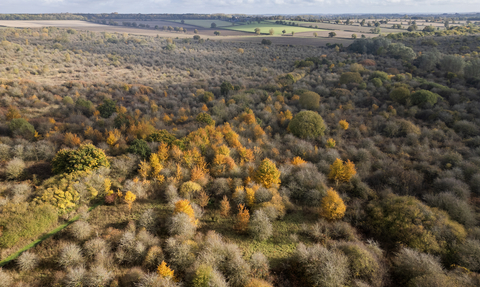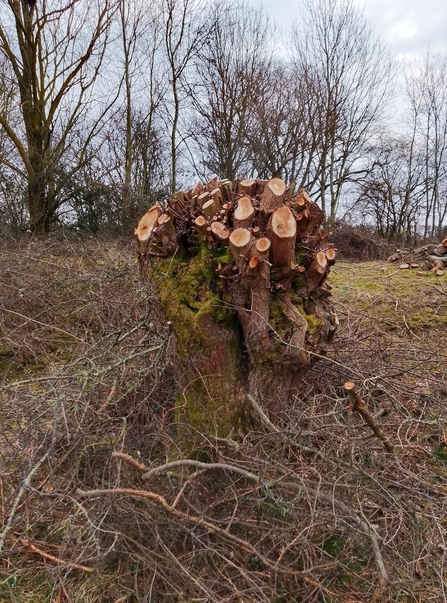
Holly Wilkinson
Wilder Future Fund: Nature in Recovery
Nature continues to decline, and we face one of the biggest challenges in our region when it comes to reversing this. The pressure of agriculture and development in our region has had a major impact on wildlife – there are fewer places for species to feed, shelter and thrive.
Our nature reserves are at the heart of the huge effort in recent decades to protect what we have and to save rare orchids, threatened bats and wintering wetland bird roosts from disappearing entirely. Each one provides a safe haven for the plants and animals there, and together they form part of a network across the landscape which allows wildlife to move and spread.
Case Study - Habitat Management at Summer Leys: Pollarding
Management of trees is essential in the creation of good quality wildlife habitat and there are many different methods of managing trees that benefit wildlife. These methods are often ancient practices, carried out by our ancestors, to which wildlife has adapted to utilise to its advantage. One such method is pollarding. Pollarding is the cutting down of a tree to a high stump or 'pollard'. This pollard is usually a metre or two high and is designed to allow regrowth at a height where livestock cannot reach and eat the regrowth. Traditionally this has been a method of providing a timber crop in areas where livestock are grazed, giving the area a multi-purpose. At Summer Leys we are utilising this tradition to benefit wildlife.

Laurence Kidd
